Missing Children takes us on an intriguing investigative adventure
Yes, it’s horror game time again — although this time around things are a little bit different, in more ways than one.
Missing Children, first released in June of 2020 by crowdfunded Japanese duo developer Chilla’s Art, is less of an outright “horror game” and more a short-form investigative adventure that draws on tropes of horror games to deliver its story. As such, despite superficial similarities, it stands out amid their growing library of atmospheric, retro-styled narrative experiences — and may even appeal to those who bounced off some of the developer’s other work.
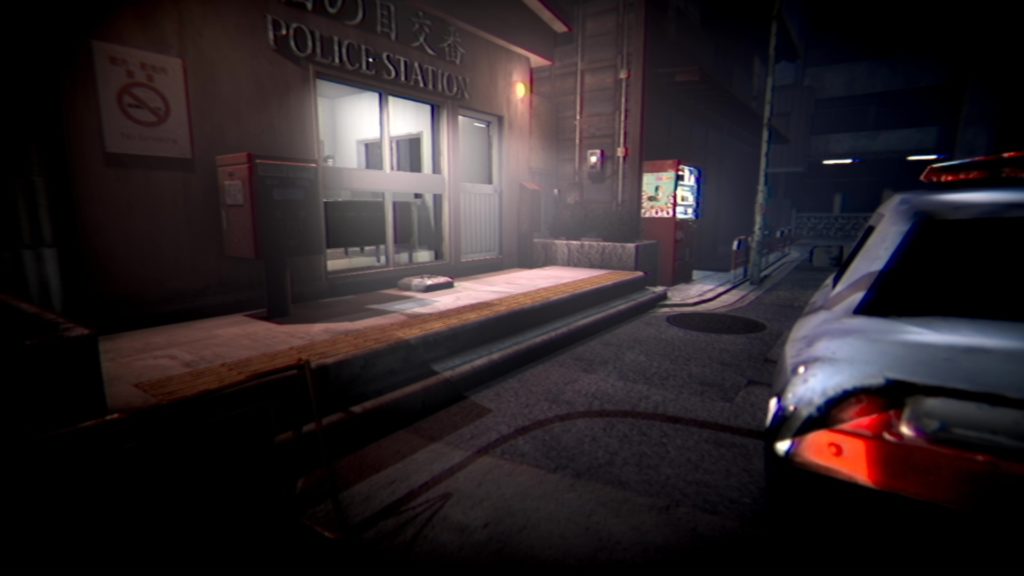
In Missing Children, you take on the role of a character named Sato. She (for yes, she is a lady protagonist) is introduced as a “bully detective”, the meaning of which might not immediately be clear — but in short order it becomes apparent that this does not mean “detective who is a bully”, but rather someone who investigates incidents of bullying in an attempt to gather evidence and present it to the police in order to resolve the situation.
As Missing Children starts, Sato is the one who has been called upon by the police, because they believe some initially unspecified “incident” she experienced in the past will provide her with the insight needed to help them out on a case of, you guessed it, missing children. It seems several youngsters from the area have gone missing, and the police are stumped; as Sato, then, it’s up to you to determine what has happened to these kids, where they have gone — and if there’s anything that can be done to help them.
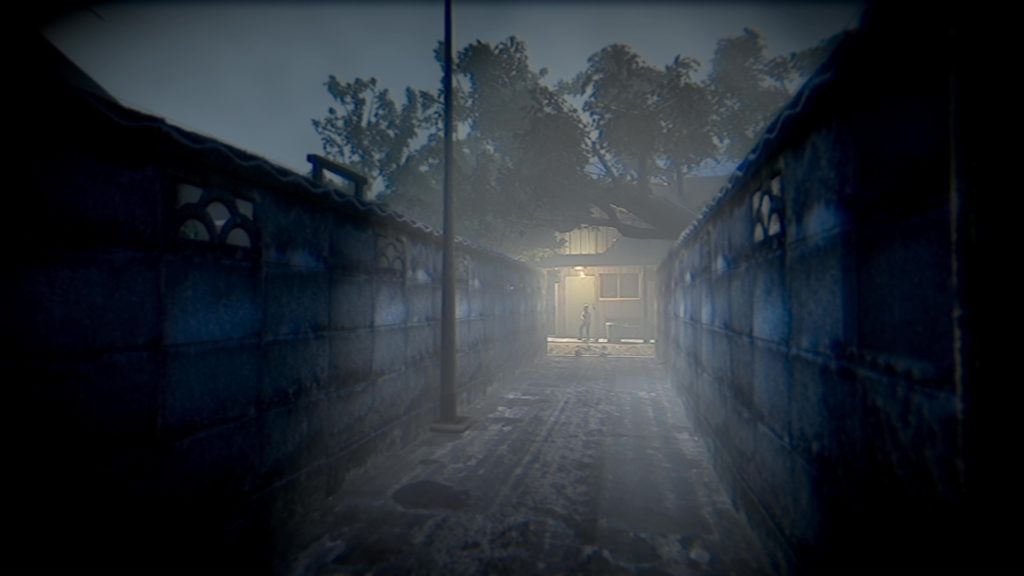
What then follows is relatively standard fare for a Chilla’s Art game: you explore various locations in first person, interact with a cast of mildly unsettling characters, discover objects, make use of them to solve puzzles, and end up with either a “good” or a “bad” ending. Where things differ slightly from some of the other Chilla’s Art titles is that here we’re not exploring a single environment such as Night Delivery’s apartment complex or The Convenience Store’s small town; rather, there are several different areas you’ll need to travel back and forth between in order to solve the mystery.
In many respects, Chilla’s Art games can — and should — be looked upon as a modern evolution of classic Japanese adventure games such as Three Sisters’ Story, Nocturnal Illusion and, more recently, Root Letter and Root Film. The core narratives they deliver are linear, but the trappings of games with more player agency are used to draw the player in and feel like an active participant. The difference between something like Missing Children and more traditional examples is that rather than clicking on a static backdrop or picking actions from a menu, here you’re physically exploring environments and poking your nose into places to see what you can uncover.
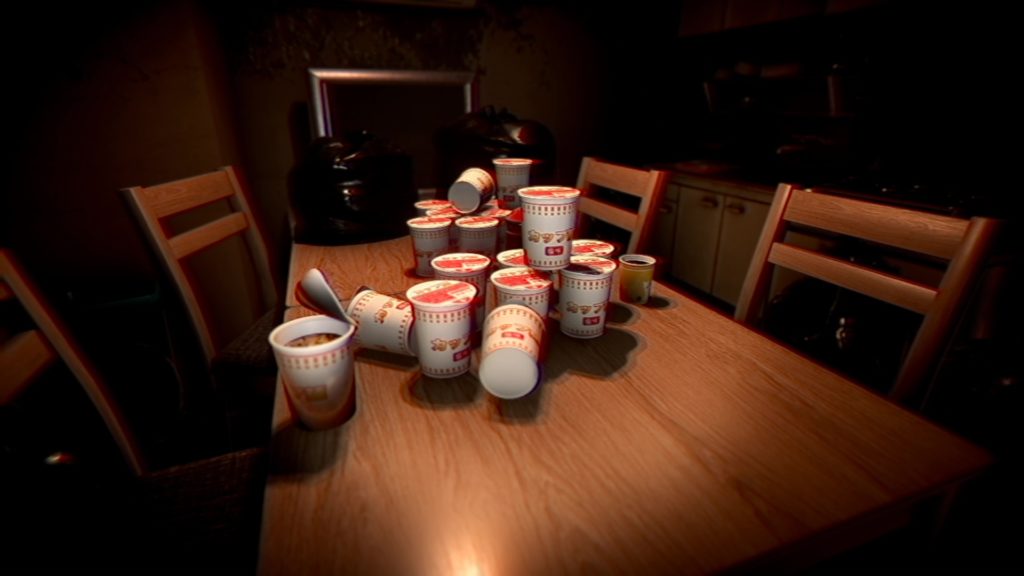
And this is an interesting approach, because it allows for a kind of unspoken storytelling to occur. In a traditional adventure game that makes use of text or spoken dialogue, many things are made explicit and deliberately, carefully pointed out to the player in order to ensure that they don’t miss anything. In Missing Children — and many of Chilla’s Art’s other games — there are plenty of narrative moments which are delivered completely wordlessly, entirely through the environment and the overall atmosphere created by the aesthetic.
In the specific case of Missing Children, some of the story’s core themes — which I won’t spoil for you right now — are never actually spoken of aloud by the characters, nor is your attention specifically drawn to them; they’re just things that you can — and probably will — notice as you work your way through the task ahead of you. And this is a very effective means of making the player feel involved and invested in the story; “show, don’t tell” is a reliable piece of advice for any aspiring writers with good reason, after all, as an audience will always be more satisfied with something they feel they’ve worked out themselves rather than being spoon-fed.
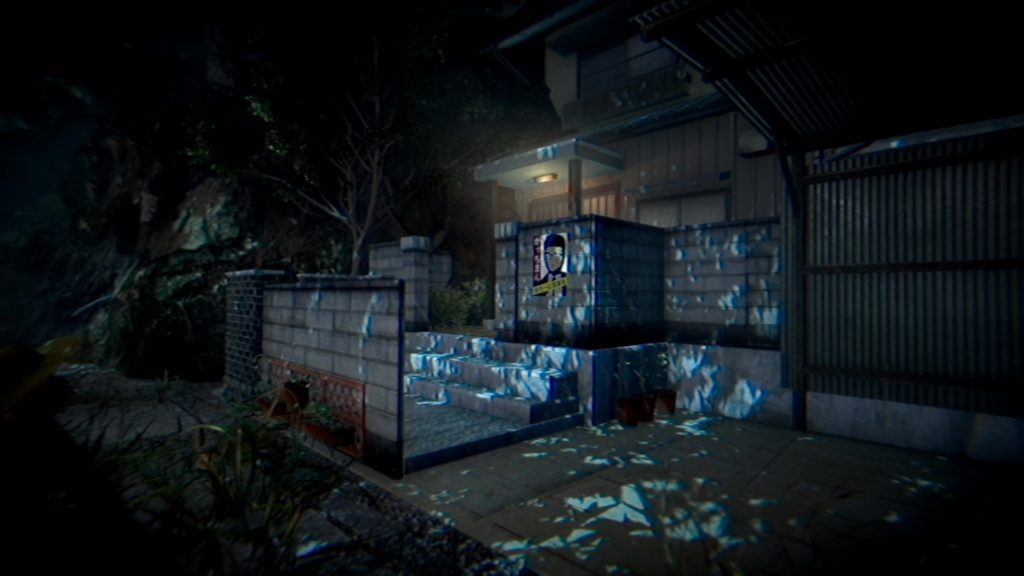
Presentation-wise, Missing Children adopts the aesthetic most people have come to expect from Chilla’s Art by this point, which is first-person 3D environments that pay homage to the PlayStation 2 era in terms of level of detail, coupled with an optional VHS-style filter overlaid on top of everything.
And yet despite the fact that some aspects of the graphics could be seen as deliberately “primitive” by modern technological standards, Missing Children is probably one of the best-looking Chilla’s Art titles by virtue of its solid sense of design. Excellent use is made of light, shadow and colour to create different feelings over the course of the game, the environments are believable and evocative, and the experience as a whole is a fantastic example of how it’s possible to make something that provides a feeling of “realism” while still having a distinctive art style that is all its own.
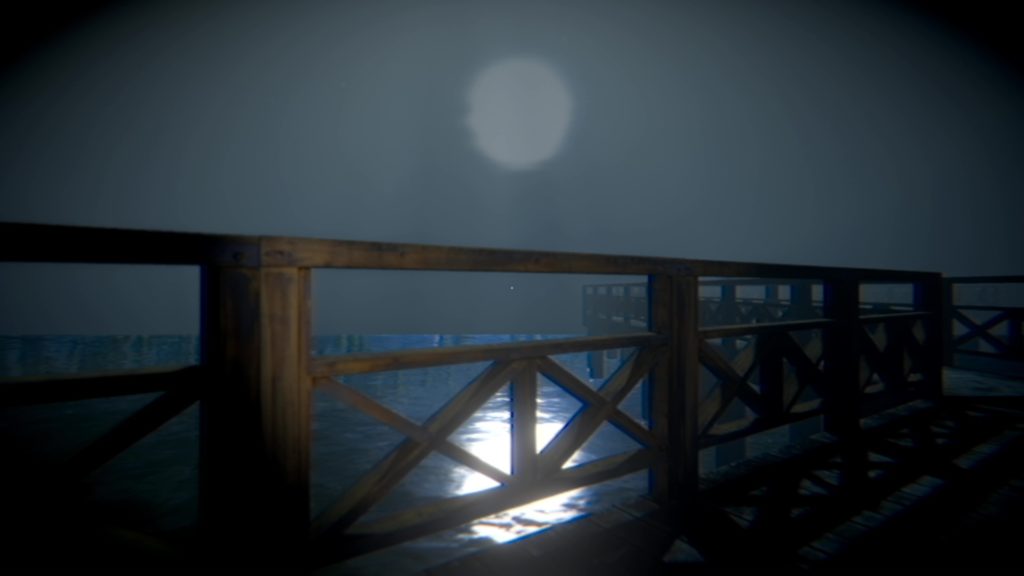
Sound-wise, Missing Children excels, as is par for the course with Chilla’s Art titles. Interestingly, there’s a lot more in the way of actual music in Missing Children than in many of Chilla’s Art’s other games; this gives an intriguing Silent Hill-style vibe to a number of areas in the game, and helps to heighten the tension during several sequences. When there’s no music, the action is accompanied by a variety of different footstep sounds as Sato slinks around looking for clues, and some atmospheric environmental sounds.
There are no outright jump scares in Missing Children as it’s not really a “horror game” in the same way that other Chilla’s Art games are, but there are a couple of moments that will take you by surprise in a plausible, unnervingly realistic sort of way. And throughout the game as a whole, there’s a wonderful, almost tangible sense of melancholy and unease to the narrative, which is brought to a head during the excellent, deliberately understated finale sequence.
Missing Children is definitely one of Chilla’s Art’s better titles; its emphasis on investigation and atmosphere rather than outright horror means it will likely appeal to a broader audience than some of the team’s other games, too. So if you’ve typically passed on these titles, you may want to give Missing Children a go — after all, like all its stablemates, it’s only a couple of quid, after all!
Missing Children is available for PC via Steam.
Join The Discussion
Rice Digital Discord
Rice Digital Twitter
Rice Digital Facebook
Or write us a letter for the Rice Digital Friday Letters Page by clicking here!
Disclosure: Some links in this article may be affiliate links, which means we may earn a small commission if you make a purchase after clicking on them. This is at no additional cost to you and helps support Rice Digital!
- Letter from the Editor: passing the torch - June 30, 2023
- Super Woden GP 2 is looking promising - June 30, 2023
- Inti Creates is making a 32 bit-style Love Live action platformer - June 26, 2023







